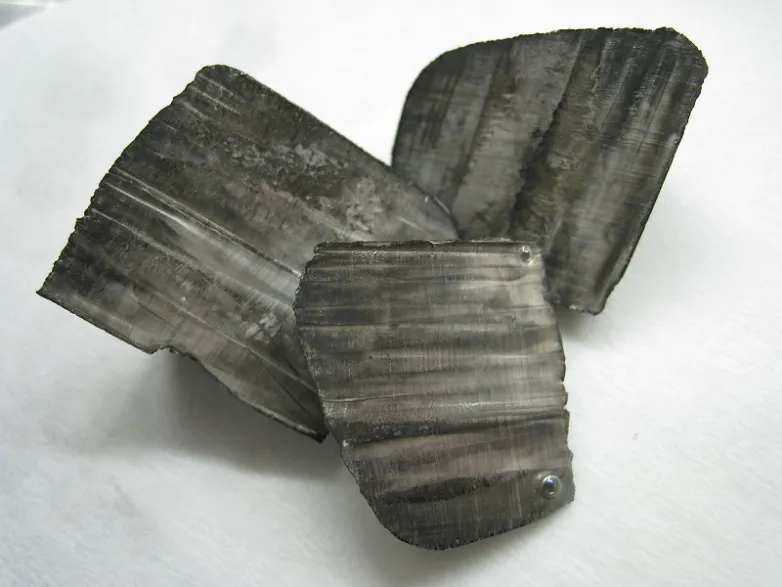Promising materials to make efficient batteries
- Lithium has been considered the most attractive material for battery manufacturing for quite a while. However, the production process has a number of limitations and frequently causes accidents. So developers are in search of better options to replace lithium in battery making.

Hydrogen
Hydrogen fuel cells are considered to be a good option. Hydrogen has zero carbon footprint. Such devices only release heat and water when generating energy and they require less CO2 for manufacturing.
Their energy density is tenfold higher compared to Li-ion batts. Thus, producing the same amount of energy, H-based devices can be smaller and more light-weighted. Besides, hydrogen is much more abundant in the air than Zn or Li.
Sodium-sulfur
Among prospective materials to replace lithium and ion in battery production is sulfur and sodium. They are already widely used due to their abundance and cheapness.
Such batts are much more durable than their Li-ion rivals. Average lifecycle of the latter is 2-3 years, while sodium-sulfur devices can serve fifteen years or so.
Zinc
Abundant, stable and cheap Zinc can also be a promising alternative to Li. NantEnergy has introduced the so-called air-breathing electrode into a batt to derive power from Zn with the help of oxygen contained in the air.
Zn-air batts are non-toxic, non-flammable and low-reactive. They are suited for safe recycling and disposing. Such batts are perfect for micro-grids, in contrast to expensive LIBs and redox flow devices, which are hard for scaling down.
Besides, the developer has created a way to keep Zn charged for quite a while, which makes zinc-based batts reusable. This technology allows local production of batts from cheap and abundant materials, which minimizes dependence on import and creates employment opportunities for native population.
Cons
At the same time, all the alternatives have their own disadvantages. Thus, H, Na and S are high-flammable, explosive and volatile. Producing, transporting and storing H is quite expensive. As for Zn, it is unclear whether zinc reserves will be sufficient for grid scale battery production.
Also read
- Pace Digitek switches on 2.5-GWh battery-storage plant in Karnataka
- CATL-led Indonesia Battery Integration Project breaks ground—US $6 billion for a full value-chain hub
- CNNP Optoelectronics brings utility-scale perovskite modules out of the lab
- Low-Temperature Sequential Deposition Lifts Inverted Perovskite Solar Cells Efficiency Record
- EDF Acquires 500-MW Gate Burton Solar Project from Low Carbon
